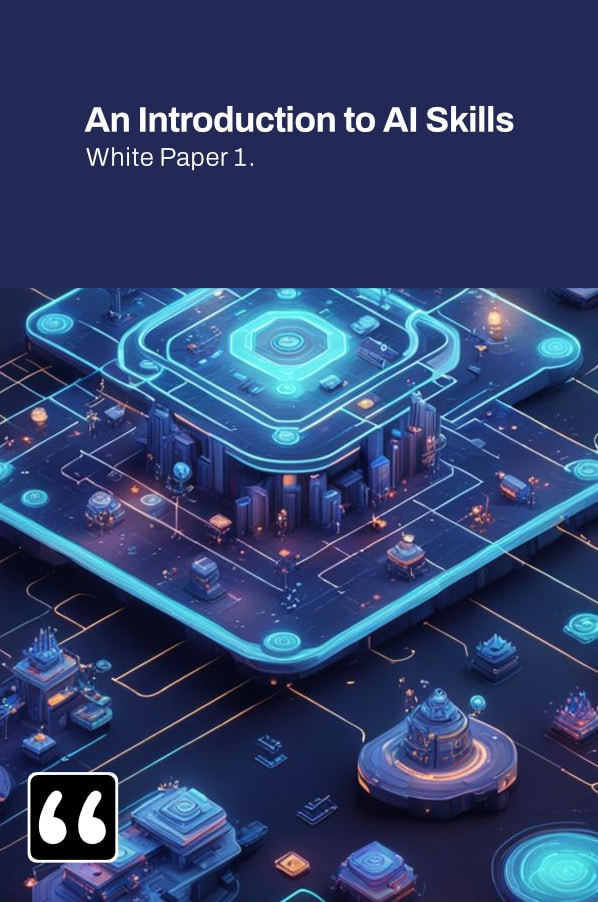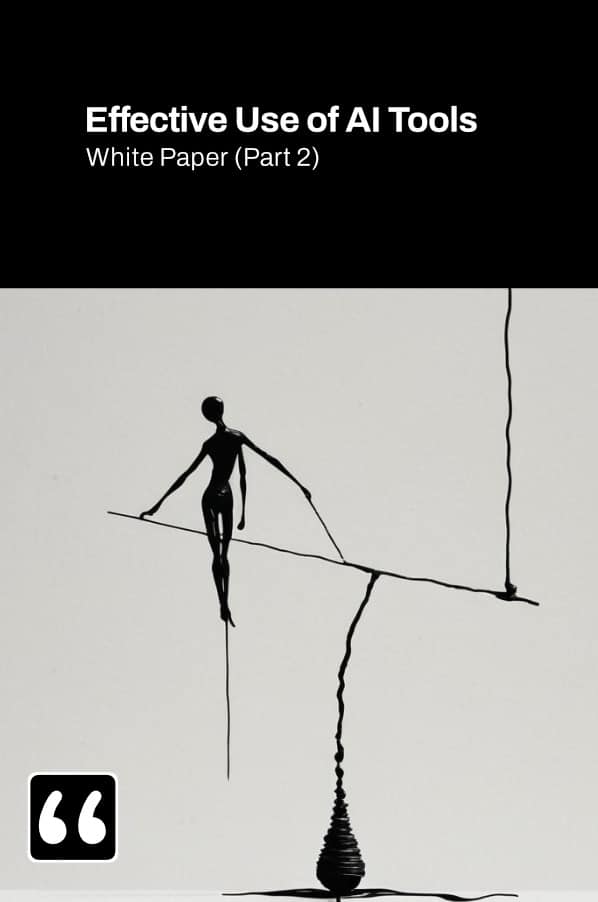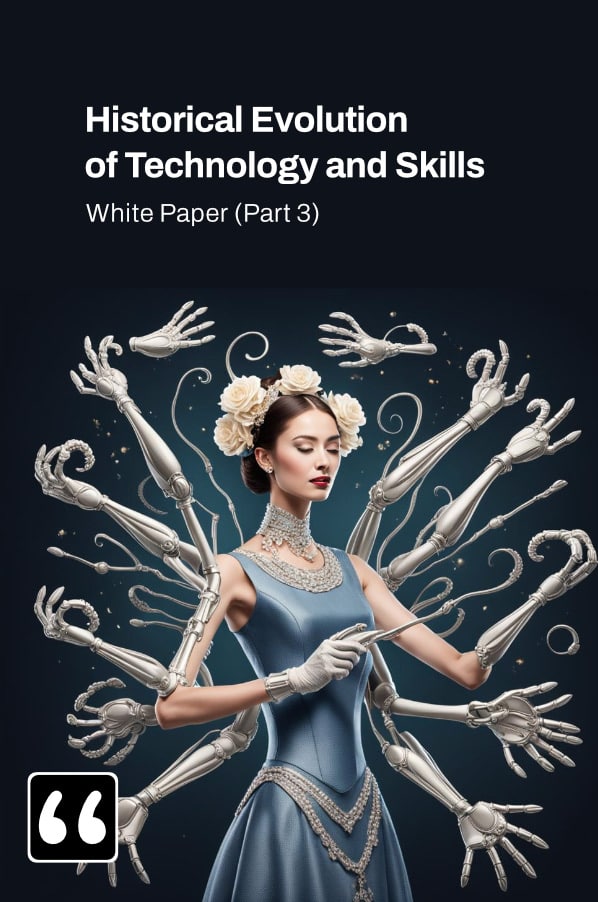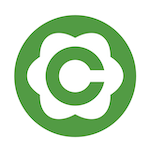
Learn, Empower, Achieve, Prosper (LEAP).
LEAP is a business lifestyle design project that focuses on forging collaborative and international opportunities. Its core intent is to empower both creative individuals and small businesses with actionable information and connections that encourage real-life commerce starting from a digital environment. [ AI Skills ]
- Collaborate with fellow business owners.
- Showcase your projects.
- Experience the world of content creation.
Project LEAP
BUSINESS LIFESTYLE DESIGN
LEAP is a business lifestyle design project that focuses on forging collaborative and international opportunities. Its core intent is to empower both creative individuals and small businesses with actionable information and connections that encourage real-life commerce starting from a digital environment.
By providing creative services, advice, and resources, LEAP helps new businesses and brands enter the market with a professional and well-equipped approach. The project aims to establish a crucial link between both customer and business entities.
B2B and B2C Overlap
Especially due to the Internet, the way in which we are able to efficiently undertake collaborative tasks remotely while sharing or consuming interactive content has never been so widespread and accessible. The internet encourages businesses and their customers to interact, which inevitably provides us with some degree of overlap between a business objective and a customer’s intent.

Bridging the Gap in the Digital Age
In the era of digital transformation, the boundaries between Business-to-Business (B2B) and Business-to-Consumer (B2C) interactions have become increasingly blurred. This convergence is largely attributed to the pervasive influence of the Internet, which has revolutionized the way we communicate, collaborate, and conduct business.
The Internet has ushered in unprecedented levels of connectivity, enabling efficient remote collaboration and the seamless sharing of interactive content on a global scale. This digital landscape has created an environment where businesses and their customers can engage in real-time, meaningful interactions, regardless of geographical constraints.
As a result, we’re witnessing a significant overlap between business objectives and customer intent, presenting both challenges and opportunities for marketers and designers.
Here are some key points to consider:
B2B-B2C Overlap
1) Personalized Experiences: Both B2B and B2C customers now expect tailored interactions, necessitating sophisticated data analysis and personalization strategies.
2) Content Consumption: The lines between professional and personal content consumption are blurring, requiring businesses to create versatile, engaging content that resonates across different contexts.
3) Multi-channel Presence: Customers interact with businesses through various platforms, demanding a cohesive omni-channel approach to marketing and customer service.
4) Transparency and Trust: The ease of information access has heightened expectations for transparency in both B2B and B2C relationships, making trust-building a crucial aspect of marketing strategies.
5) User Experience (UX) Design: The overlap calls for intuitive, user-centric design principles that cater to both business professionals and individual consumers.
6) Value-driven Engagement: As the distinction between work and personal life becomes less defined, businesses must focus on delivering value that transcends traditional B2B or B2C categorizations.
By recognizing and addressing these pain points, businesses can develop marketing and design strategies that effectively navigate the evolving landscape of B2B and B2C interactions. This approach not only enhances customer satisfaction but also drives business growth and fosters long-term relationships in an increasingly interconnected world.
Creative Skills and Artificial Intelligence



White Paper (Part 1)
An Introduction to AI Skills
White Paper (Part 2) Effective Use of AI Skills
White Paper (Part 3) Effective Use of AI Skills
Read our friendly format white paper documents on AI Skills.
A “white paper” is normally a detailed, authoritative report that presents research, analysis, or information on a particular topic or issue. Typically, white papers are used to educate readers on a complex subject, often by a government, organization, or expert in the field.
A white paper usually provide a comprehensive overview of the topic, including background information, methods, data analysis, and conclusions. The goal of a white paper is to provide clarity, insights, and potential solutions to a specific problem or issue, making it a valuable resource for professionals, academics, and the general public.
Tell us what you’d most like to learn about...

